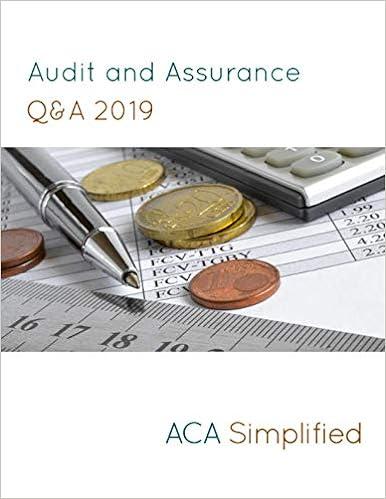You are considering a new product launch. The project will cost $2,400,000, have a four- year life, and have no salvage value, depreciation is straight-line to zero. Sales are projected at 350 units per year price per unit will be $19.900, variable cost per unit wil be $14,300, and fixed costs will be $740.000 per year. The required return on the project is 12 percent, and the relevant tax rate is 23 percent. a. Based on your experience, you think the unit sales, variable cost, and fixed cost projections given here are probably accurate to within 10 percent. What are the upper and lower bounds for these projections? What is the base-case NPV? What are the best-case and worst-case scenarios? (A negative answer should be indicated by a minus sign. Do not round intermediate calculations. Round your NPV answers to 2 decimal places, e.g., 32.16. Round your other answers to the nearest whole number, e.g. 32.) Scenario Unit Sales Base 350 Variable Cost Fixed Costs $ 14,300 $ 740 000 $ 12 870 666.000 15,730 814,000 NPV 872 44000 2,791,509.00 -812,519.00 385 Best Worst 315 c. b. Evaluate the sensitivity of your base-case NPV to changes in fixed costs. (A negative answer should be indicated by a minus sign. Do not round intermediate calculations and round your answer to 2 decimal places, e.g., 32.16.) What is the cash break-even level of output for this project (ignoring taxes)? (Do not round intermediate calculations and round your answer to 2 decimal places, e.g., 32.16.) d-1. What is the accounting break-even level of output for this project? (Do not round intermediate calculations and round your answer to 2 decimal places, e.g., 32.16.) d-2. What is the degree of operating leverage at the accounting break-even point? (Do not round intermediate calculations and round your answer to 3 decimal places, e.g., 32.161.) b. ANPVIAFC 1,045 508.00 C. Cash break-even d-1. Accounting break-even d-2. Degree of operating leverage You are considering a new product launch. The project will cost $2,400,000, have a four- year life, and have no salvage value, depreciation is straight-line to zero. Sales are projected at 350 units per year price per unit will be $19.900, variable cost per unit wil be $14,300, and fixed costs will be $740.000 per year. The required return on the project is 12 percent, and the relevant tax rate is 23 percent. a. Based on your experience, you think the unit sales, variable cost, and fixed cost projections given here are probably accurate to within 10 percent. What are the upper and lower bounds for these projections? What is the base-case NPV? What are the best-case and worst-case scenarios? (A negative answer should be indicated by a minus sign. Do not round intermediate calculations. Round your NPV answers to 2 decimal places, e.g., 32.16. Round your other answers to the nearest whole number, e.g. 32.) Scenario Unit Sales Base 350 Variable Cost Fixed Costs $ 14,300 $ 740 000 $ 12 870 666.000 15,730 814,000 NPV 872 44000 2,791,509.00 -812,519.00 385 Best Worst 315 c. b. Evaluate the sensitivity of your base-case NPV to changes in fixed costs. (A negative answer should be indicated by a minus sign. Do not round intermediate calculations and round your answer to 2 decimal places, e.g., 32.16.) What is the cash break-even level of output for this project (ignoring taxes)? (Do not round intermediate calculations and round your answer to 2 decimal places, e.g., 32.16.) d-1. What is the accounting break-even level of output for this project? (Do not round intermediate calculations and round your answer to 2 decimal places, e.g., 32.16.) d-2. What is the degree of operating leverage at the accounting break-even point? (Do not round intermediate calculations and round your answer to 3 decimal places, e.g., 32.161.) b. ANPVIAFC 1,045 508.00 C. Cash break-even d-1. Accounting break-even d-2. Degree of operating leverage







